무엇 레이저 래피드 프로토타이핑?
레이저 래피드 프로토타이핑(LRP)은 산업계가 제조에 접근하는 방식을 혁신하고 있습니다. 복잡한 디자인을 번개처럼 빠르게 만들 수 있는 방법이 궁금하신 적이 있나요? 디지털 디자인을 타의 추종을 불허하는 정밀도로 유형의 객체로 변환하는 기술을 상상해 보세요. 그것이 바로 LRP의 마법입니다. 이 기사에서는 최첨단 금속 분말부터 광범위한 응용 분야에 이르기까지 레이저 래피드 프로토타이핑의 모든 것을 자세히 살펴보겠습니다.
레이저 래피드 프로토타이핑 개요
레이저 래피드 프로토타이핑은 레이저 에너지를 사용하여 3D 객체를 층별로 만드는 정교한 기술입니다. 광범위한 적층 제조 범주에 속하는 이 기술은 고도로 상세하고 복잡한 구조를 생산하는 능력으로 유명합니다. 항공 우주, 자동차 또는 의료 분야에 종사하든 LRP는 속도, 정확성 및 재료 효율성 측면에서 타의 추종을 불허하는 이점을 제공합니다. 하지만 어떻게 작동하며 무엇이 그렇게 효과적일까요? 자세히 살펴보겠습니다.

레이저 래피드 프로토타이핑 재료의 구성
LRP의 경우 사용되는 재료의 구성이 중요합니다. 금속 분말은 쇼의 주인공이며, 각각 고유한 특성을 제공하여 다양한 응용 분야에 적합하게 만듭니다. 하지만 이러한 금속 분말은 정확히 무엇이며, 구성이 최종 제품에 어떤 영향을 미칠까요?
레이저 래피드 프로토타이핑용 금속 분말의 종류 및 특성
LRP에 사용할 수 있는 다양한 유형의 금속 분말을 이해하는 것이 중요합니다. 다음은 특정 금속 분말 모델, 구성 및 고유한 특성에 대한 포괄적인 분석입니다.
| 금속 분말 | 구성 | 주요 특징 | 애플리케이션 |
|---|---|---|---|
| 316L 스테인리스 스틸 | 철(Fe), 크롬(Cr), 니켈(Ni), 몰리브덴(Mo) | 높은 내식성, 우수한 용접성 | 의료 임플란트, 식품 가공 장비 |
| AlSi10Mg | 알루미늄(Al), 실리콘(Si), 마그네슘(Mg) | 가볍고 높은 열 전도성 | 자동차 부품, 항공 우주 부품 |
| 인코넬 718 | 니켈(Ni), 크롬(Cr), 철(Fe), 몰리브덴(Mo) | 고강도, 내산화성 | 터빈 블레이드, 로켓 엔진 |
| 티타늄 Ti6Al4V | 티타늄(Ti), 알루미늄(Al), 바나듐(V) | 높은 중량 대비 강도, 생체 적합성 | 의료 임플란트, 항공우주 부품 |
| 코발트 크롬(CoCrMo) | 코발트(Co), 크롬(Cr), 몰리브덴(Mo) | 높은 내마모성, 내식성 | 치과 임플란트, 정형외과 임플란트 |
| 마레이징 스틸(MS1) | 철(Fe), 니켈(Ni), 코발트(Co), 몰리브덴(Mo) | 고강도, 인성, 가공 용이성 | 툴링, 항공 우주 부품 |
| 구리(Cu) | 구리(Cu) | 뛰어난 열 및 전기 전도성 | 열교환기, 전기 부품 |
| 하스텔로이 X | 니켈(Ni), 크롬(Cr), 철(Fe), 몰리브덴(Mo) | 고온 강도, 내산화성 | 가스 터빈 엔진, 산업용 용광로 |
| 316L 스테인리스 스틸 | 철(Fe), 크롬(Cr), 니켈(Ni), 몰리브덴(Mo) | 높은 내식성, 우수한 용접성 | 의료 임플란트, 식품 가공 장비 |
| 인코넬 625 | 니켈(Ni), 크롬(Cr), 몰리브덴(Mo), 니오븀(Nb) | 우수한 피로 저항성, 높은 인장 강도 | 화학 처리, 해양 애플리케이션 |
| 알루미늄 AlSi10Mg | 알루미늄(Al), 실리콘(Si), 마그네슘(Mg) | 가볍고 높은 열 전도성 | 자동차 부품, 항공 우주 부품 |
장점 레이저 래피드 프로토타이핑
레이저 래피드 프로토타이핑이 제조 세계를 휩쓸고 있는 이유는 무엇일까요? 이 기술을 획기적으로 만드는 뛰어난 장점 중 일부를 살펴보겠습니다.
속도와 효율성
기존 제조 방법은 특히 복잡한 부품을 생산할 때 시간이 많이 걸릴 수 있습니다. 반면에 레이저 래피드 프로토타이핑은 복잡한 디자인을 짧은 시간에 만들 수 있습니다. 가공이 거의 불가능한 부품이 필요하다고 상상해 보세요. LRP를 사용하면 몇 주가 아닌 몇 시간 만에 준비할 수 있습니다.
정밀도 및 정확성
레이저 래피드 프로토타이핑은 고정밀 부품 제작에 탁월합니다. 레이저가 미세한 지점에 집중할 수 있는 능력은 매우 세밀한 디테일을 가능하게 합니다. 이는 항공 우주 또는 의료 기기 제조와 같이 아주 작은 편차조차도 심각한 결과를 초래할 수 있는 산업에서 특히 중요합니다.
소재의 다양성
스테인리스강에서 특수 합금에 이르기까지 LRP에 사용할 수 있는 재료의 범위는 광대합니다. 이러한 다재다능함은 이 기술이 자동차 산업용 경량 부품 생산 또는 의료용 생체 적합성 임플란트 생산 등 광범위한 응용 분야에 적용될 수 있음을 의미합니다.
복잡한 디자인에 대한 비용 효율성
복잡하거나 맞춤형 디자인의 경우 기존 제조는 필요한 툴링으로 인해 엄청난 비용이 들 수 있습니다. LRP는 특정 툴링의 필요성을 없애 특히 소량 생산 또는 프로토타입의 경우 더 비용 효율적인 옵션입니다.
폐기물 감소
기존의 감산 제조에서는 원자재에서 과도한 부분을 잘라내어 상당한 양의 재료가 낭비됩니다. LRP는 적층 공정이므로 부품을 만드는 데 필요한 재료만 사용하여 폐기물을 크게 줄이고 더 지속 가능한 옵션으로 만듭니다.
레이저 래피드 프로토타이핑의 응용 분야
레이저 래피드 프로토타이핑의 다재다능함은 광범위한 응용 분야에 반영됩니다. 다음은 다양한 산업에서 이 기술을 활용하는 방법을 자세히 살펴보겠습니다.
| 산업 | 애플리케이션 | 혜택 |
|---|---|---|
| 항공우주 | 터빈 블레이드, 구조 부품 | 경량, 고강도 부품; 리드 타임 단축 |
| 자동차 | 엔진 부품, 맞춤형 부품 | 소량 생산에 대한 비용 효율성, 성능 향상 |
| 의료 | 임플란트, 보철 | 개별 환자 맞춤화, 생체 적합성 |
| 소비자 가전 | 하우징 부품, 복잡한 디자인 | 정밀 제조, 빠른 반복 |
| 보석 | 맞춤형 디자인, 복잡한 패턴 | 고정밀, 생산 시간 단축 |
| 에너지 | 열교환기, 터빈 부품 | 고온 저항성, 효율적인 재료 사용 |
| 방어 | 무기 부품, 경량 장갑 | 맞춤형 디자인, 테스트용 래피드 프로토타이핑 |
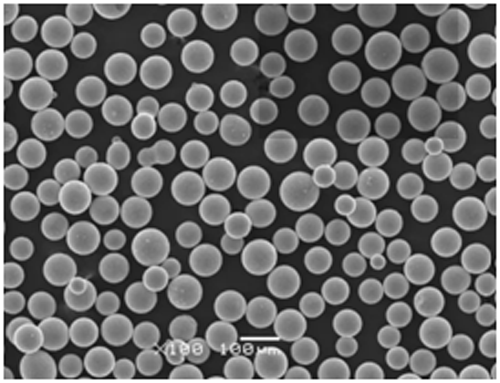

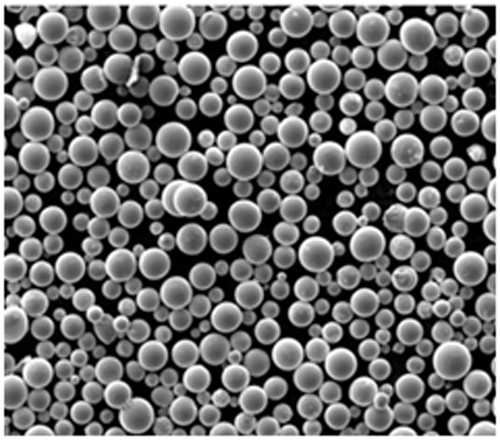
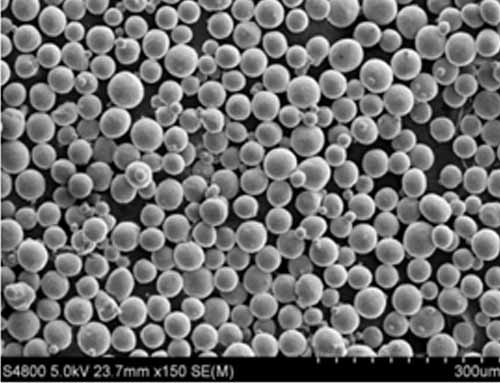
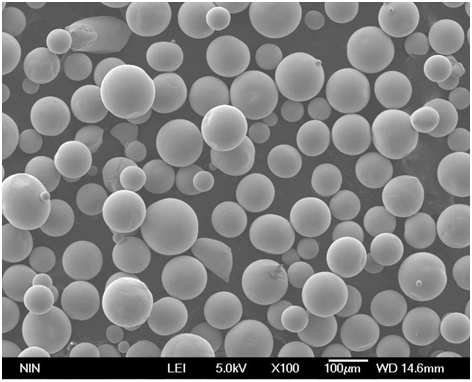
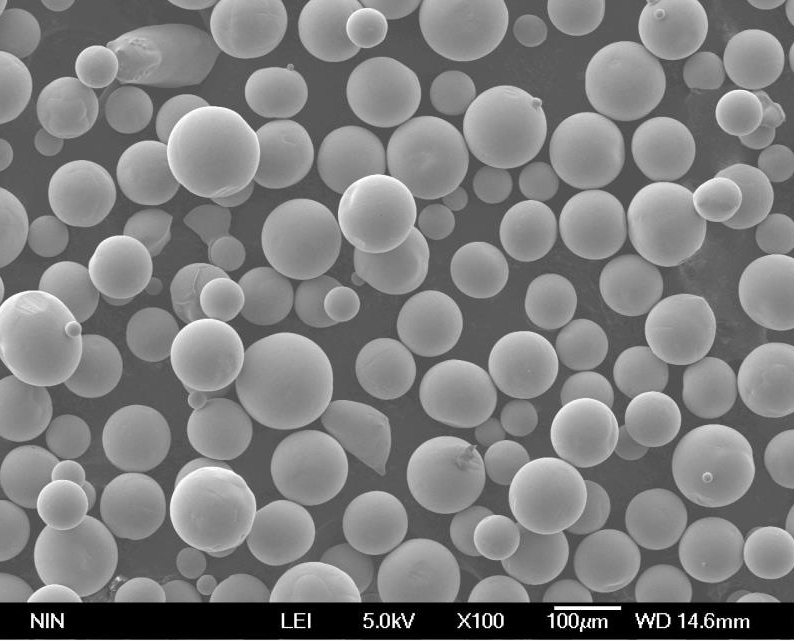
레이저 래피드 프로토타이핑의 사양, 크기, 등급 및 표준
LRP에 사용되는 재료의 사양, 크기 및 등급을 이해하는 것은 프로젝트에 적합한 재료를 선택하는 데 필수적입니다. 다음은 가장 일반적인 표준 및 사양을 간략하게 설명하는 자세한 표입니다.
| 재료 | 표준 | 등급 | 크기 가용성 |
|---|---|---|---|
| 316L 스테인리스 스틸 | ASTM F138, ISO 5832-1 | 1.4404 | 분말 크기: 15-45 µm, 45-100 µm |
| AlSi10Mg | ISO 3522 | 3.2371 | 분말 크기: 20-63 µm, 63-150 µm |
| 인코넬 718 | AMS 5662, ASTM B637 | 2.4668 | 분말 크기: 15-53 µm |
| 티타늄 Ti6Al4V | ASTM F1472, ISO 5832-3 | 3.7165 | 분말 크기: 15-45 µm |
| 코발트 크롬(CoCrMo) | ISO 5832-4, ASTM F1537 | 2.4778 | 분말 크기: 10-45 µm |
| 마레이징 스틸(MS1) | AMS 6514 | 1.2709 | 분말 크기: 15-45 µm |
| 구리(Cu) | ASTM B170 | C10100 | 분말 크기: 10-45 µm |
| 하스텔로이 X | AMS 5754, ASTM B435 | 2.4665 | 분말 크기: 15-45 µm |
공급업체 및 가격 세부 정보 레이저 래피드 프로토타이핑 자료
LRP 재료에 적합한 공급업체를 선택하는 것은 품질과 비용 효율성을 보장하는 데 중요합니다. 아래에서 평판이 좋은 공급업체 목록과 가격 세부 정보 개요를 확인할 수 있습니다.
| 공급업체 | 재료 | 가격 범위(kg당) | 위치 | 리드 타임 |
|---|---|---|---|---|
| 카펜터 기술 | 316L 스테인리스 스틸 | $100 – $150 | 미국 | 2-4주 |
| EOS GmbH | AlSi10Mg | $120 – $170 | 독일 | 3~5주 |
| 호가나스 AB | 인코넬 718 | $250 – $300 | 스웨덴 | 4~6주 |
| Arcam AB | 티타늄 Ti6Al4V | $300 – $400 | 스웨덴 | 3~5주 |
| 샌드빅 | 코발트 크롬(CoCrMo) | $200 – $250 | 스웨덴 | 3~5주 |
| GKN 첨가제 | 마레이징 스틸(MS1) | $180 – $220 | UK | 3~5주 |
| LPW 기술 | 구리(Cu) | $90 – $120 | UK | 2-4주 |
| 케나메탈 | 하스텔로이 X | $270 – $320 | 미국 | 4~6주 |
레이저 래피드 프로토타이핑의 장단점 비교
어떤 기술도 트레이드 오프가 없는 것은 없습니다. 레이저 래피드 프로토타이핑의 장단점을 비교하여 예상되는 사항에 대한 균형 잡힌 시각을 제시해 보겠습니다.
| 장점 | 단점 |
|---|---|
| 정밀 제조: LRP는 타의 추종을 불허하는 정밀도를 제공하여 복잡한 디자인에 이상적입니다. | 높은 초기 비용: 장비 및 재료는 비용이 많이 들 수 있으며 소규모 작업에는 실현 가능하지 않을 수 있습니다. |
| 속도: 이 프로세스는 특히 복잡한 부품의 경우 기존 방법보다 훨씬 빠릅니다. | 재료 제한: 모든 재료가 LRP에 적합한 것은 아니며 일부 재료는 후처리가 필요할 수 있습니다. |
| 다용도성: 여러 산업에서 다양한 응용 분야에 사용할 수 있습니다. | 크기 제약: 생성할 수 있는 부품의 크기는 기계의 빌드 볼륨으로 제한됩니다. |
| 폐기물 감소: 적층 공정으로서 LRP는 재료 폐기물을 최소화하여 더 지속 가능한 옵션으로 만듭니다. | 표면 마감: 재료 및 공정에 따라 부품에 추가적인 마감이 필요할 수 있습니다. |
레이저 래피드 프로토타이핑의 미래 동향
미래를 내다보면 레이저 래피드 프로토타이핑은 제조 공정에 더욱 필수적인 요소가 될 것입니다. 새로운 재료 개발, 설계 최적화를 위한 인공 지능 통합, 공정 속도 및 효율성 개선이 새로운 트렌드로 부상하고 있습니다. 또한 비용이 절감됨에 따라 LRP가 소규모 기업에서도 접근 가능해져 그 영향력이 더욱 확대될 것으로 예상됩니다.
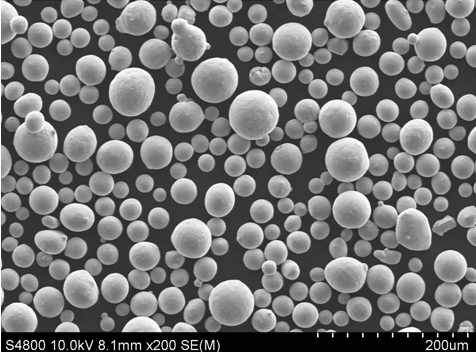
자주 묻는 질문
| 질문 | 답변 |
|---|---|
| 레이저 래피드 프로토타이핑이란 무엇입니까? | 레이저 래피드 프로토타이핑은 디지털 디자인에서 재료를 층별로 쌓아 3D 객체를 만드는 적층 제조 기술입니다. |
| 어떤 산업에서 LRP를 사용합니까? | LRP는 항공 우주, 자동차, 의료 및 소비재 전자 제품을 포함한 다양한 산업에서 사용됩니다. |
| LRP가 기존 제조보다 유리한 점은 무엇입니까? | LRP는 기존 제조 방식에 비해 더 빠른 생산 시간, 더 큰 설계 유연성 및 재료 폐기물 감소를 제공합니다. |
| LRP에 어떤 재료를 사용할 수 있습니까? | 스테인리스강, 알루미늄 합금, 티타늄 등 다양한 재료를 사용할 수 있습니다. |
| LRP는 대량 생산에 적합합니까? | LRP는 일반적으로 프로토타이핑 및 소량 생산에 더 적합하지만 발전으로 인해 대량 생산 |
| LRP의 비용은 어떻게 비교됩니까? | LRP의 초기 비용은 더 높지만, 툴링 비용이 들지 않아 복잡한 디자인이나 소량 생산에 더 경제적일 수 있습니다. |
| LRP의 제한 사항은 무엇입니까? | 제한 사항으로는 높은 초기 비용, 재료 제약, 생산 가능한 부품의 크기 제한 등이 있습니다. |
결론은 단순한 유행어를 넘어 산업을 변화시키는 기술입니다. 고도로 복잡한 부품을 제작하거나, 폐기물을 줄이거나, 단순히 제품을 더 빨리 시장에 출시하려는 경우 LRP는 무시하기 어려운 많은 이점을 제공합니다. 기술이 계속 발전함에 따라 그 응용 분야는 더욱 확대될 것이며, 이는 LRP를 제조의 미래를 위한 필수적인 도구로 만들 것입니다.
레이저 래피드 프로토타이핑 레이저 래피드 프로토타이핑 마스터하기 1

